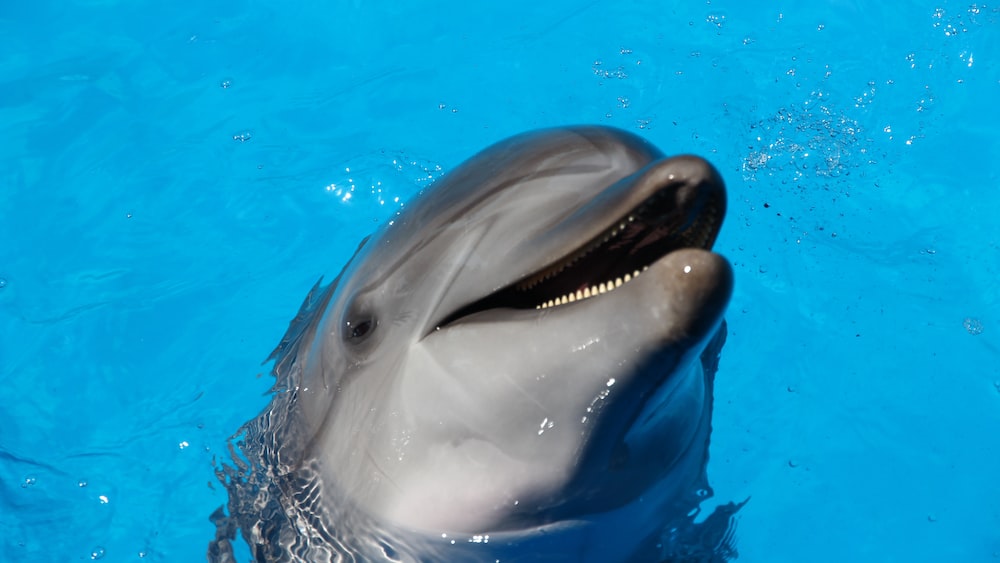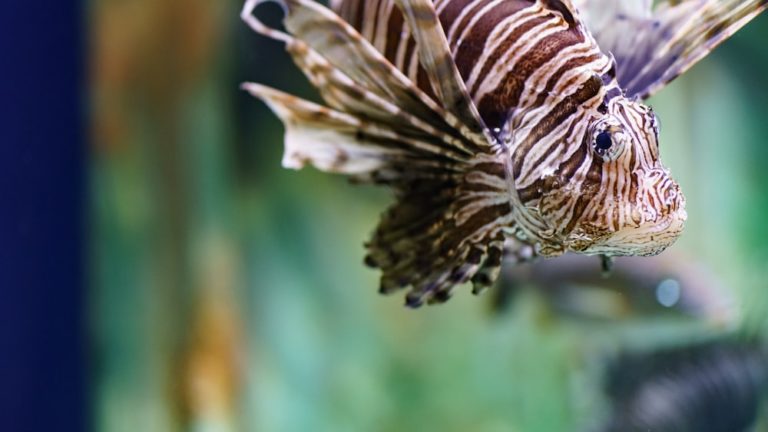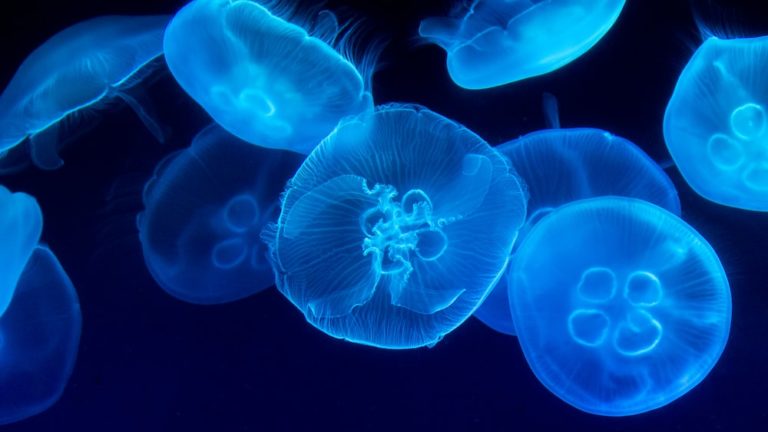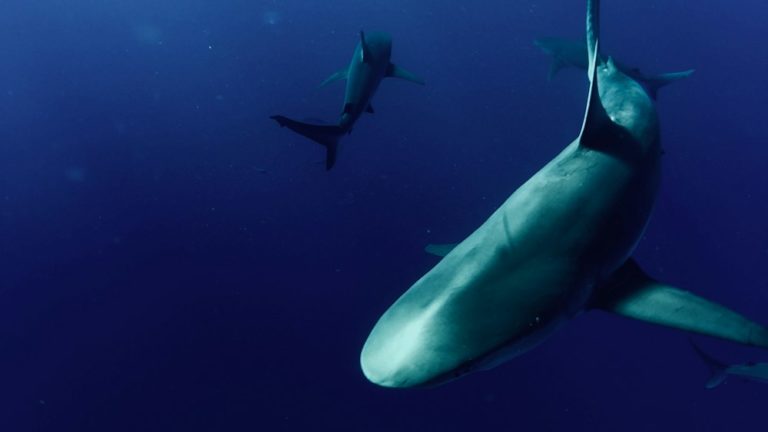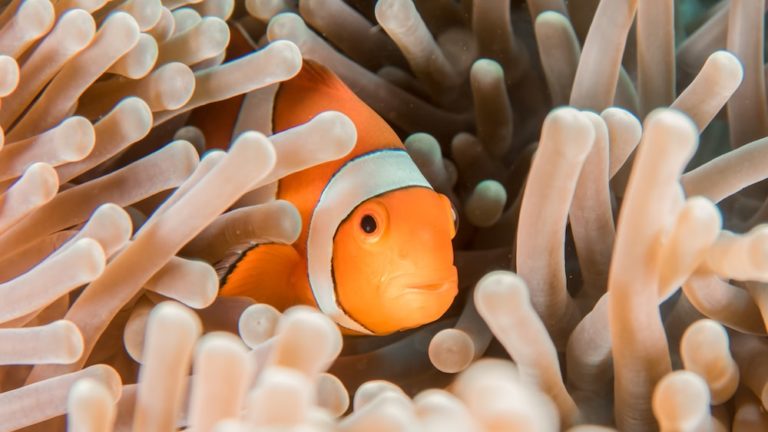9 Disturbing Facts That Reveal Are Dolphins Mean
9 Disturbing Facts That Reveal Are Dolphins Mean
Dive into the azure depths of the ocean and you’ll find that the ballet of dolphins often hides a starkly different narrative beneath its graceful surface. As marine life enthusiasts, we laud dolphins for their intellect and playfulness, anointing them as the jovial jesters of the sea. Yet, a closer look into their behaviors can sometimes reveal a different tale, provoking the question: are dolphins mean?
Some may find it hard to reconcile the charming acrobatics with a less palatable aspect of dolphin life – it’s the part of nature’s script that doesn’t always make it into the glossy brochures of tropical getaways. But as eco-adventurers and conservationists, it’s our duty to observe and understand every facet of marine life, even when it challenges our idealistic views. With this comprehensive deep dive, we’ll explore the behaviors that might tip the scales away from what one may consider gentle playfulness to something decidedly more aggressive.
Is it all about survival or is there something more complex at play in the social structures of these cetaceans? Strap on your diving gear, fellow ocean explorers, as we navigate the intricate waves of this topic, challenging our perceptions and broadening our horizons on the seemingly enigmatic behaviors of dolphins.
The Aggressive Behaviors of Dolphins
Amid the cerulean waters, we often witness the grace of dolphins, yet we must also recognize the ripples of aggression that disturbs the tranquil seascape from time to time. Dolphins are indeed complex creatures, renowned for their intelligence but occasionally their behavior veers into territories that we, as humans, struggle to comprehend. Here, we will examine certain disturbing facts that elucidate the darker tendencies of these marine mammals, challenging the narrative of dolphins as the perennial good-natured companions of the sea.
1. Dolphin Bites: Unprovoked Aggression or Self-Defense?
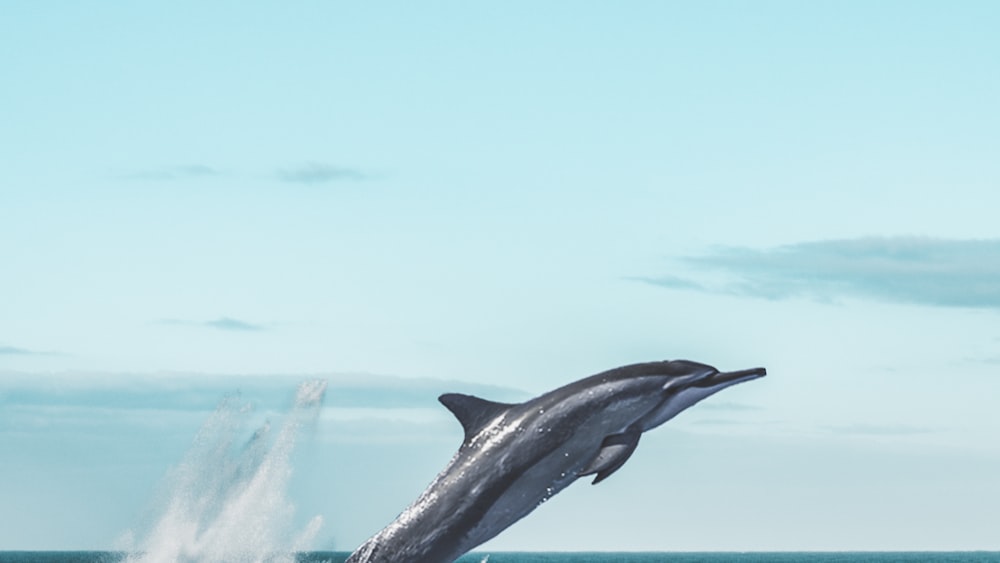
We often see dolphins as cheerful compatriots of the deep, but there are instances where their sharp teeth become agents of aggression. Dolphin bites, which can occur with alarming suddenness, pose the question: are dolphins mean or are they merely protecting their turf? Many times, these incidents are a result of humans invading their space or misinterpreting their behavior.
In their world, a bite might be a way of establishing social order or a defensive maneuver, mirroring the actions we might take when cornered. Thus, a bite can be a complex confluence of reaction and communication – a punctuation in the fluid grammar of dolphin interactions that we’ve only just begun to understand. It compels us to ponder if our presence provokes this uncharacteristic snap, or if we are simply bystanders to an innate, instinctive response.
Dolphin bites can be a complex confluence of reaction and communication, often occurring as a defensive maneuver or a way of establishing social order.
2. Dolphin Attacks on Humans: Rare but Real Incidents
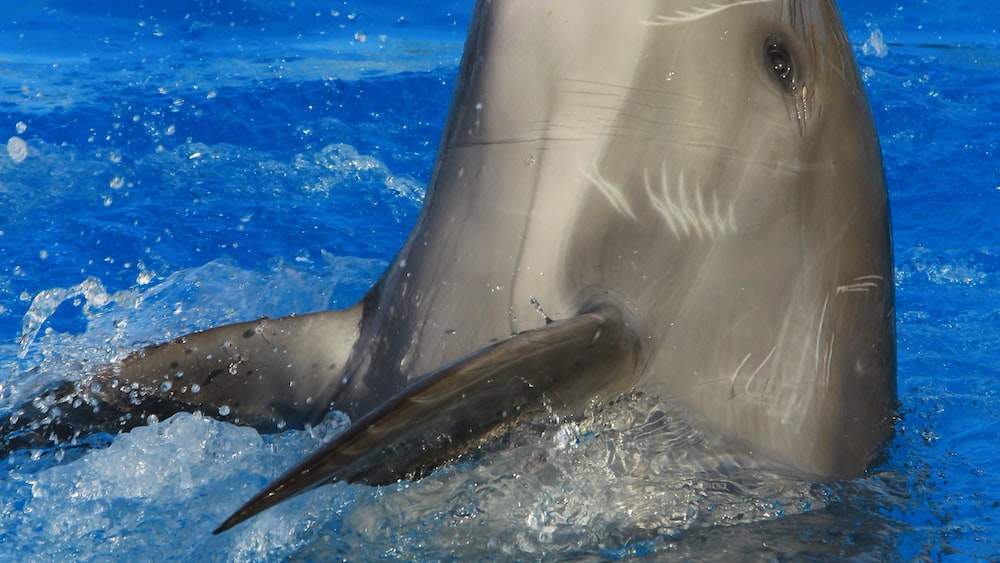
When murmurs of dolphin attacks on humans reach our ears, it’s often met with scepticism. After all, how could these smiling sea creatures, our partners in oceanic adventures, show such a stark streak? Yet, tales of these confrontations exist, peeking out from the perennial wave of dolphin-human friendship stories. Are dolphins mean enough to attack without cause, or is there an underlying trigger?
Such episodes are generally rare, and often come to light only through accidental encounters or misunderstandings in shared habitats. Reports suggest that these sporadic aggressive maneuvers may arise from a myriad of factors ranging from stress, confusion, or even the mischievous fancies of a younger dolphin. However, whatever the reason, these incidents are a sobering reminder of the respect and caution that the power and unpredictability of wild animals command.
3. Innovative Hunting Tactics: Intelligence or Cruelty?
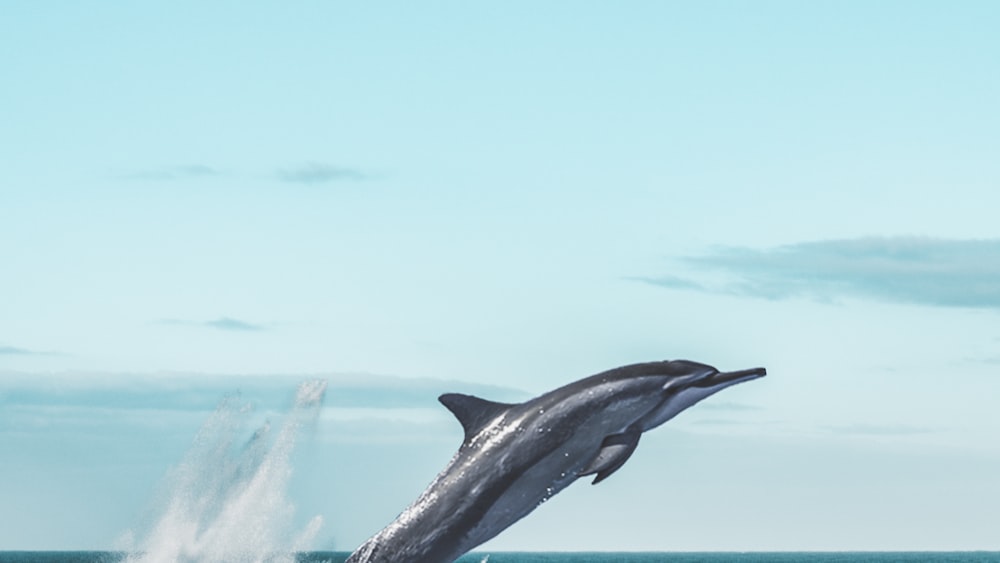
Dolphins are incredibly clever, often hailed for their sophisticated methods of hunting that showcase a remarkable level of problem-solving and communication. Yet, as they corral fish into tight balls or employ sponges to flush out hidden prey, a question arises: are dolphins mean or brilliantly adaptive predators? It is no small feat to outsmart your dinner, especially when it swims.
To discern intelligence from cruelty, we must don a lens that views these actions as survival tactics, polished over eons of oceanic life. Their behaviors are manifestations of an arms race in the aquatic world, where innovative methods are valued not for their inherent morality but for their effectiveness in ensuring survival and reproductive success.
4. Mass Hunting Strategies: The Power of Dolphin Pods
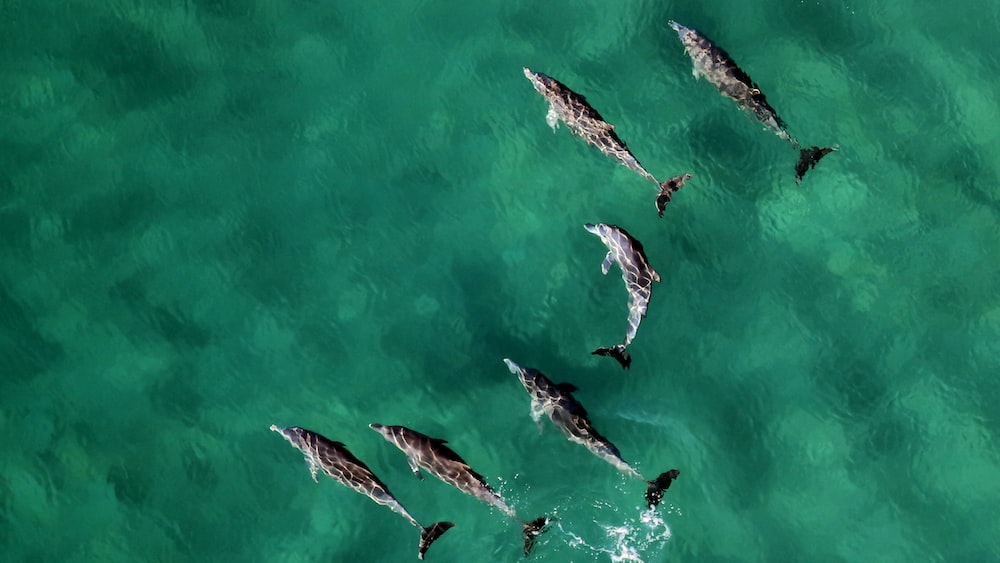
Observe a pod of dolphins coordinate a hunting expedition, and you’ll witness a complex battle strategy rivaling any tactical playbook. The raw power of communal effort is displayed in their ability to herd schools of fish or even encircle them, creating a vortex of doom for their prey. But in these moments, do we see the undertones of a cruel streak or are dolphins mean only in our anthropomorphized observations?
The term “mass hunting” may evoke images of ruthless efficiency, yet for dolphins, these group dynamics are a testament to their evolutionary advantage. It is not about cruelty but rather a fascinating glimpse into the cooperative society within species that are adept at working together for mutual benefit. When seen in this light, the hunting strategies of dolphin pods reflect an intelligent adaptation to the rigors of life beneath the waves.
5. Prey Torture: Understanding the Reasons Behind It

One of the more disturbing behaviors documented within the dolphin community is what can be perceived as the intentional and prolonged torment of their prey before consumption – a sight that has left many an observer in dismay and wonderment. To the human eye, such scenes might paint a picture where dolphins appear to be mean-spirited, delighting in the discomfort of their would-be meals. But are dolphins mean in the human sense, or is this an anthropomorphic misinterpretation?
Scientists consider several theories as to why this behavior might occur, including training for young dolphins, testing prey for edibility, or an extension of social play. Crucially, it necessitates a dive into biological, rather than moral, reasoning – guiding us to view such acts through a lens of ecological functionality rather than through the prism of human ethics. It pushes us to ask deeper questions about the line between survival instincts and sentient actions within the animal kingdom.
It’s crucial to view the behavior of dolphins through a lens of ecological functionality rather than through the prism of human ethics.
6. Inter-Species Violence: The Dark Side of Dolphin Behavior
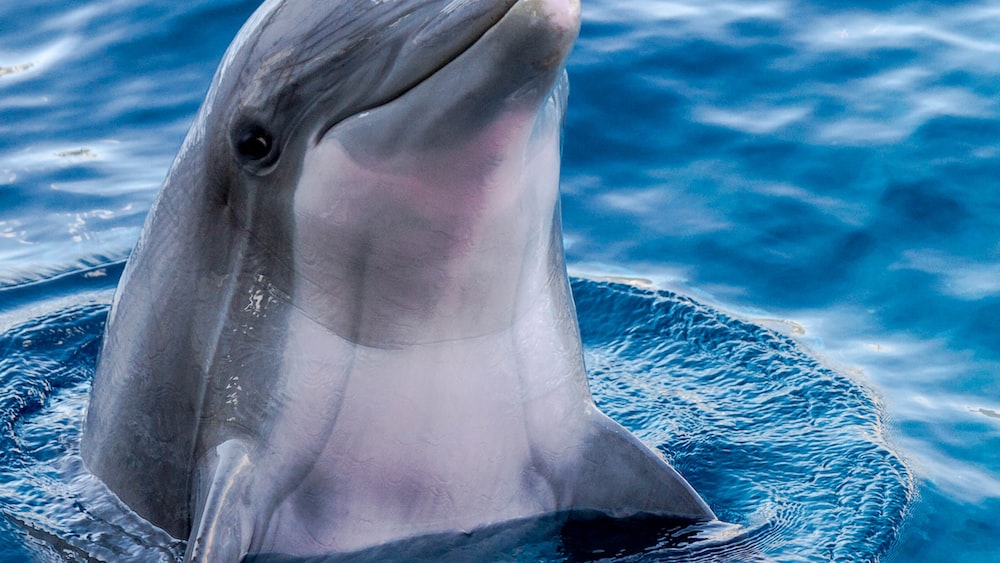
When pondering whether are dolphins mean, the evidence of inter-species violence casts a somewhat somber shadow on our smiling aquatic friends. Dolphins, particularly bottlenose dolphins, have been witnessed displaying aggressive behaviors towards other marine species, such as smaller dolphins, porpoises, and even whales. This aggression might range from competition for food to asserting dominance within the vast blue arena of the ocean.
Cases of bottlenose dolphins attacking harbor porpoises have been documented, often leaving researchers puzzled about the motives behind such brutal acts, especially when they aren’t related to feeding. Observing these events, one could argue that these acts point to an inherent streak of meanness, but it is crucial to consider the complex social structures and instincts driving these behaviors before jumping to conclusions.
7. Infanticide: A Disturbing Aspect of Dolphin Societies
Infanticide, while a word that chills one’s spine, is indeed a part of the darker narratives swimming beneath the surface of dolphin societies. Some male dolphins engage in this gruesome act as a strategy to make the mother receptive to mating sooner, a behavior mirrored in other wildlife species as well.
- In-depth studies have shown cases where males in a group will attack and kill infants, which may seem inexplicable and cold-hearted to us humans. Yet, when decoding dolphin behavior, it’s essential that we do so within the context of their survival instincts and natural life cycles, not our human morals.
- While it’s a disturbing fact, these violent actions are but one thread in the complex social tapestry of dolphin life, an aspect that stirs both our curiosity and concern for these intelligent creatures. Acknowledging this behavior as part of natural selection may not absolve the discomfort it causes in us, but it provides a clearer, more scientific understanding of their world.
8. Captivity Issues: The Stress and Aggression of Confinement
The ever-smiling bottlenose dolphins often find themselves in less than ideal circumstances when captured for public display. The constraints of captivity can cause significant stress and aggression in these intelligent creatures, sometimes leading to behavior that would support the narrative that are dolphins mean. Understandably, an environment radically different from the expansive ocean can have profound effects on their well-being.
This stressful condition could trigger aggressive behavior not typically observed in the wild, as dolphins lash out due to frustration, anxiety, and the psychological distress of being confined. Animal behaviorists and marine biologists have noted increased aggression within captive groups, which can be harmful not only to themselves but also to their human handlers, painting a troubling portrait of captivity’s impacts.
The constraints of captivity can cause significant stress and aggression in bottlenose dolphins, leading to behavior that supports the narrative that dolphins are mean and can be harmful to themselves and their human handlers.
9. Misinterpretation of Dolphin Behavior: Smiles and Playfulness

The imagery of dolphins sporting perpetual grins has enchanted generations, leading many to view them as the embodiment of marine merriment. Yet, it’s a biological curve of the jaw that gifts them this seemingly cheerful demeanor, not a reflection of mood. In the wild, this ‘smile’ can be wildly misconstrued, as a dolphin’s playfulness is not always an invitation for human interaction, and misunderstanding this can lead to startling confrontations.
The playful nature of dolphins often involves behaviors like leaping and surfing in waves, quasi-dances that could be interpreted as a longing for human contact. However, these natural behaviors have their own social functions among dolphins, and inferred meanings from humans can lead to risky encounters. When the untrained eye interprets these actions through a human lens, we risk projecting and misunderstanding the complex language of dolphin behavior.
Knowing the extent of their intelligence, one could ponder if dolphins engage in play out of sheer spite – a sly performance for the bipedal audience. However, attributing human-like malice to dolphins is a slippery slope; their behaviors are often rooted in instinct and social bonding, not mean-spiritedness.
Exploring Dolphin Social Dynamics
Within the swirling currents and vaulted blue of the ocean, dolphins navigate a social structure as rich and complex as any society on terra firma. Understanding this intricate tapestry is vital to comprehending behaviors that might, on the surface, paint dolphins in a mean light.
Social Hierarchy and Bullying Among Dolphins
In dolphin pods, social status is a critical component, not unlike the intricate social tiers found in human culture.
- Dominant dolphins, typically large males, reign at the top of this hierarchy, wielding their power through sheer size or strategic alliances.
- Below them, a nuanced scale of status can lead to bullying among less dominant individuals as they jockey for position and favor. Observations of bottlenose dolphins have revealed chasing, biting, and even bashing with their bodies as methods to assert dominance or keep others in their social place. This power play may seem mean to human onlookers, but in the dolphin world, it’s an element of their societal norms.
The Impact of Human Interaction on Dolphin Aggression
It’s crucial to consider the repercussions that human interactions have had on dolphin behavior, often exacerbating the notion that are dolphins mean.
- The feeding of dolphins by humans, for instance, has led to aggressive begging behaviors and competition among individuals, which would not occur without this human interference.
- Increased boat traffic and close human contact can also cause stress and confusion for these creatures, resulting in anomalous aggressive actions. Studies have noted that dolphins adapt their natural behaviors to cope with the disturbances caused by human activity, sometimes leading to a misguided impression of malevolence coming from these intelligent beings.
By fostering a more aware and respectful approach to wild dolphin encounters, we can mitigate these unfortunate consequences and continue to thrive harmoniously alongside these majestic creatures of the sea.
FAQs
1. Are dolphin attacks on humans common?
Dolphin attacks on humans are not common occurrences. These intelligent creatures are typically friendly and curious towards humans, but interactions do sometimes lead to unexpected behaviors. While the chance of an attack happening is quite low, when they do occur, they often become highly publicized due to the surprising nature of the incident.
2. Can dolphins exhibit aggressive behavior towards each other?
Yes, dolphins can exhibit aggressive behavior towards each other. Among dolphins, displays of dominance and competition are not uncommon, often leading to aggression within their social structures. This can include chasing, biting, and ramming each other, behaviors that play a role in establishing hierarchy and order within their pods.
3. How does captivity affect dolphin behavior?
How captivity affects dolphin behavior can be quite complex. Living in confinement can lead to a host of behavioral changes, such as increased aggressiveness, self-harm, and a noticeable shift in their social interactions. The lack of space and natural stimuli in captivity often has a profoundly negative impact on these intelligent marine mammals.
4. What should I do if a dolphin behaves aggressively in the wild?
If a dolphin behaves aggressively in the wild, maintaining a respectful distance is crucial. It’s important to avoid sudden movements and to never try to touch or feed the animals, as these actions can be misinterpreted and escalate the behavior. Always remember, while they are fascinating creatures, dolphins are still wild animals with unpredictable behaviors.
Conclusion
As we delve into the depths of dolphin behavior, it’s clear the question “are dolphins mean” is shaded in layers of gray much like the ocean itself. Such a query can’t be answered with a simple yes or no, for their behavior reflects complex social interactions and intelligence, rather than mere meanness.
Just as we humans have multifaceted personalities and behaviors influenced by our environment, so too do dolphins. And just as the darkest trenches of the ocean hold mysteries waiting to be uncovered, the nature of what might seem like maliciousness in dolphins demands a deeper understanding.
Behavior in all its forms, whether it is troubling or delightful, often has roots in biological and psychological needs that we are only beginning to understand completely. Reflecting on our own role in how we observe and interact with these magnificent beings of the sea can shape the narrative – are dolphins mean, or is it our perspective of their complex behaviors that need re-evaluating?
So as we part waves with today’s aquatic journey, remember to cast a thoughtful net on what we’ve learned. May it open a porthole to compassion and insight as vast as the ocean’s own mysteries. Until next time, keep floating on the tides of curiosity and conservation.
With a splash of wonder,
Jasper Flynn

